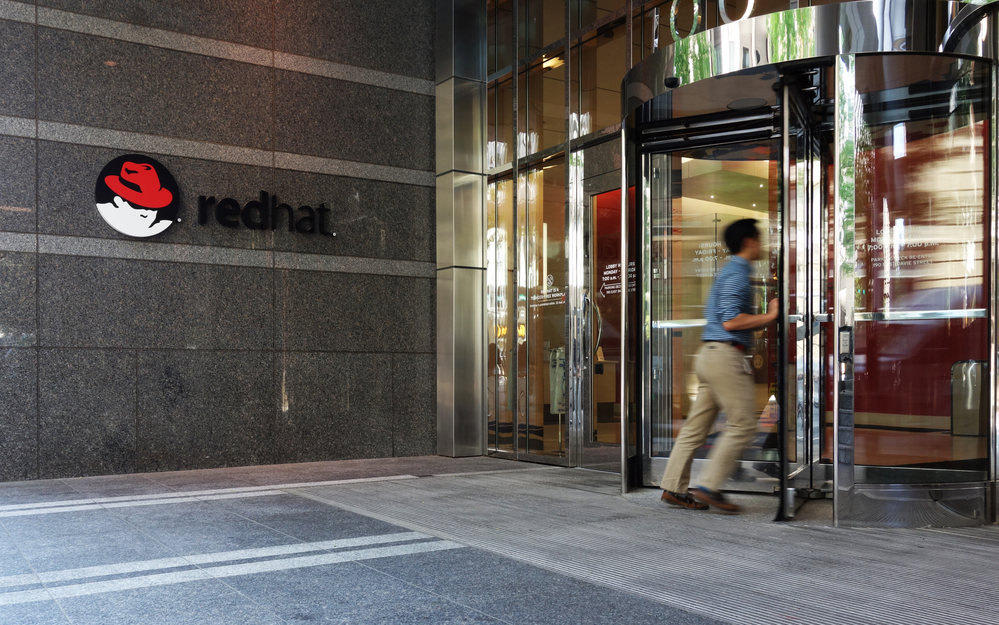
Just months ago, the data space seemed to be mainly moving in one direction–continuing the digital transformation journey begun during the pandemic but at a slower pace, taking the time to explore new technology, optimize efficiency, and get a better handle on the scale and variety of data workstreams.
Enter ChatGPT and its huge splash in enterprise data. Its very significant precursors–ChatGPT 3 and LLMs in general–did not make the same waves as its user-friendly applications. An appetite to leverage or control this amazing tool is unlimited. Unfortunately, this game-changing innovation enters against a backdrop of economic retrenchment. Organizations are looking to reduce costs by reducing the scope and scale of data projects or eliminating ones with unclear business value altogether. Data leaders are looking for strategies to keep innovating and enhancing their data programs while also cutting costs.
As a data services provider for some of the largest and most innovative companies, Cloud Data Insights (CDI) thought Kyndryl Vice President & CTO for Data & AI Services Naveen Kamat could give us a well-informed perspective on the goals and challenges shaping today’s data market. Naveen Kamat agreed to join us for an interview at the 2023 Gartner Data & Analytics Summit.
CDI: Most people in the tech space know that Kyndryl is a spinoff from IBM, but could you give us a fuller picture of Kyndryl’s mission and business model?

Kamat: Kyndryl is an independent company. We are 90,000 people strong with a client base of around 4500+ clients, which includes most of the Fortune 100 companies. We provide managed infrastructure services. We organized ourselves into six practices–one of them happens to be data and AI. Of course, we have other practices like the applications, cloud, core enterprise and zCloud, network and edge, security and resiliency, and digital workplace.
Within the Data and AI practice, our service offerings are organized into three themes: data modernization, data platform management, and AI.
- Data modernization: we are helping our clients move from legacy data architectures to more modern data architectures, particularly as a lot of use cases now are in the context of real-time processing. For example, that includes data from the edge that needs to be processed with modern data pipelines, which in turn require modern data integration.
- Data platform management: we help our clients manage both the legacy as well as their modern data estates. I do mean the entire data state, which is ITOps, AIOps, data operations, context, data observability, data governance, data quality, and managing their data platforms, whether they’re data warehouses, data lakes, etc. A lot of clients are moving towards data fabric and data measurement.
- Enterprise AI services: We’re bringing in machine learning and deep learning expertise to help our clients build out their AI solutions. We also recognize that MLOps and managing the ML lifecycle for our clients is becoming a major player by itself. Basically, we help with democratizing AI within the enterprise,
CDI: Kyndryl creates the foundation in terms of data quality and data access, etc. Do you also then help clients build data products, to use a term we’re hearing everywhere here at the Gartner D&A Summit?
Kamat: Not just making sure that everything’s prepared to create good data products, but that they are consumed as well. We have some homegrown solutions that we built to help us deliver our services. One of them is a flagship solution called the Kyndryl Data and AI Console, which abstracts the complexity of a hybrid, multi-cloud environment where you have multiple data platforms and multiple integration tools. The Console sort of provides a single pane of glass that lets data admins, data stewards, data product owners, downstream users, and data scientists look at the entire data lifecycle. Where is the data coming from? What’s the data lineage? What kind of data products do I have in my data catalog? What kind of data incidents are happening across the data estate? It helps provide the overall observability and governance frameworks. Of course, the tool “hides” different details for each role.
What’s happening is that clients are asking whether they can deploy this standalone. It’s interesting because we are a services company, not a product company, right? But we are considering the options.
CDI: The language and the approaches to delivering analysis, reports, and information internally and externally have changed. How much are you seeing your customers embrace the concept of the data product?
Kamat: There is a lot of buzz around data products, but what about data-product observability? What data product observability does is you can now begin to catalog all of the data products you have within your enterprise. You can look at what data sets compose a data product. And then you can look at various metadata around that data product in terms of who are the downstream users, what are the data incidents happening in the pipelines while you’re building that data product. What kind of availability and what kind of quality scores this data product has?
You can even look at the cost of running the operations for creating this data product and the revenue that it’s generating. Typically, it’s not enough to have data products. You need to be able to have a data marketplace where you can use these data products further, let’s say, for internal or external consumption. Providing the whole FinOps structure brings data-product observability full circle.
CDI: As providing both consulting and managed services, you see the problems customers have and for which problems or opportunities they are willing to spend. What are some common themes they bring to you?
Kamat: We are seeing common patterns around cost takeout and building efficiencies, doing more with less. Bringing advanced automation, intelligence, and orchestration into the whole data operations lifecycle is important.
We’re also seeing customers wanting to monetize their data and unlock more value out of their data. Make that part of your data strategy. Ask if you have the right data architecture. Do you have the wherewithal across the organization to make it all happen? For example, we worked with a manufacturing client with around 40 plants. They were looking at how we get all this OT/IoT data from various parties and combine that with business data for various use cases like predictive maintenance, just-in-time inventory, and building operational efficiencies. They wanted to have a greenfield data platform on which they could run all of these use cases, and they still had the legacy data platforms. So they took in all of this data from the edge and brought it onto the Google cloud data platform, with edge data processing, more modern integration, technologies, and streaming to serve a lot of these “newer age” use cases.
Another thing that I think is beginning to resonate a lot with clients is around the theme of sustainability. Maybe it was a “nice to have” a few years back. Now I think it’s not just regulatory or compliance pressures that are driving that, but it’s also linked to how capital flows happen and how investors look at your enterprise. Organizations are beginning to realize that they need to include sustainability goals in the rest of their business agenda. It’s not just good enough to have some greenwashing. You need to look at various sustainability KPIs and metrics, look at sensor data or data from your plants, and data from your machinery or IoT systems. You have to have data on the carbon footprint of your operations and weave that into your business operations. I think that is a big opportunity by itself in terms of how we manage all of that.
CDI: Is sustainability something that Kyndryl brings to the customer conversation in a leadership context, or does the customer bring up the topic?
Kamat: Both. As the world’s largest IT services provider, Kyndryl strongly believes that applying environmental solutions with our customers and alliance partners will create opportunities to collectively manage the impacts of climate change. We seek to extend our impact beyond our own operations by empowering our customers with technologies and sustainable solutions that help them meet their objectives and have measurable and meaningful impacts.
CDI: Is there evidence that sustainable IT is becoming an imperative and impacting data projects, AI in particular?
Kamat: We have seen sustainable IT as a center-stage topic in the context of green data centers, where data-driven insights and artificial intelligence optimize power consumption. Tracking carbon footprint reduction is one of the KPIs that organizations are looking at in major transformation projects. Specifically for applying sustainability to the AI projects themselves. There is clearly greater awareness of Responsible AI, and as AI begins to be deployed at scale within organizations, the sustainability agenda in this context of responsible AI will also soon become center-stage.
Naveen Kamat Bio
Naveen Kamat is a seasoned IT leader with over 24 years of experience, heading the Data & AI practice at Kyndryl since 2016. His varied areas of expertise include core operating systems engineering, professional services, and C-suite consulting services.
As Vice President & CTO for Data & AI Services, Naveen has built a world-class, high-performing team of senior data scientists, data engineers, and data and analytics architects globally. In his current role, he works with Kyndryl’s clients around data strategy, data architecture, and business solutions powered by artificial intelligence.
Elisabeth Strenger is a Senior Technology Writer at CDInsights.ai.


